Comprehensive Analysis of Sampling Techniques for Marketing Research
VerifiedAdded on 2021/06/30
|34
|2479
|489
Report
AI Summary
This report provides a detailed overview of sampling techniques in marketing research, encompassing both nonprobability and probability sampling methods. It begins by outlining the sampling design process, including defining the target population, determining the sampling frame, selecting sampling techniques, determining sample size, and executing the sampling process. The report then classifies and explains various nonprobability techniques such as convenience, judgmental, quota, and snowball sampling, along with probability techniques including simple random, systematic, stratified, and cluster sampling. Each technique is illustrated with examples and graphical representations, highlighting their strengths and weaknesses. The report also discusses the uses of different sampling techniques, considering factors like cost, time, and the desired level of precision. Finally, it touches upon the importance of ethical considerations in marketing research. This comprehensive analysis is available on Desklib, a platform offering AI-driven study tools for students.
1 out of 34

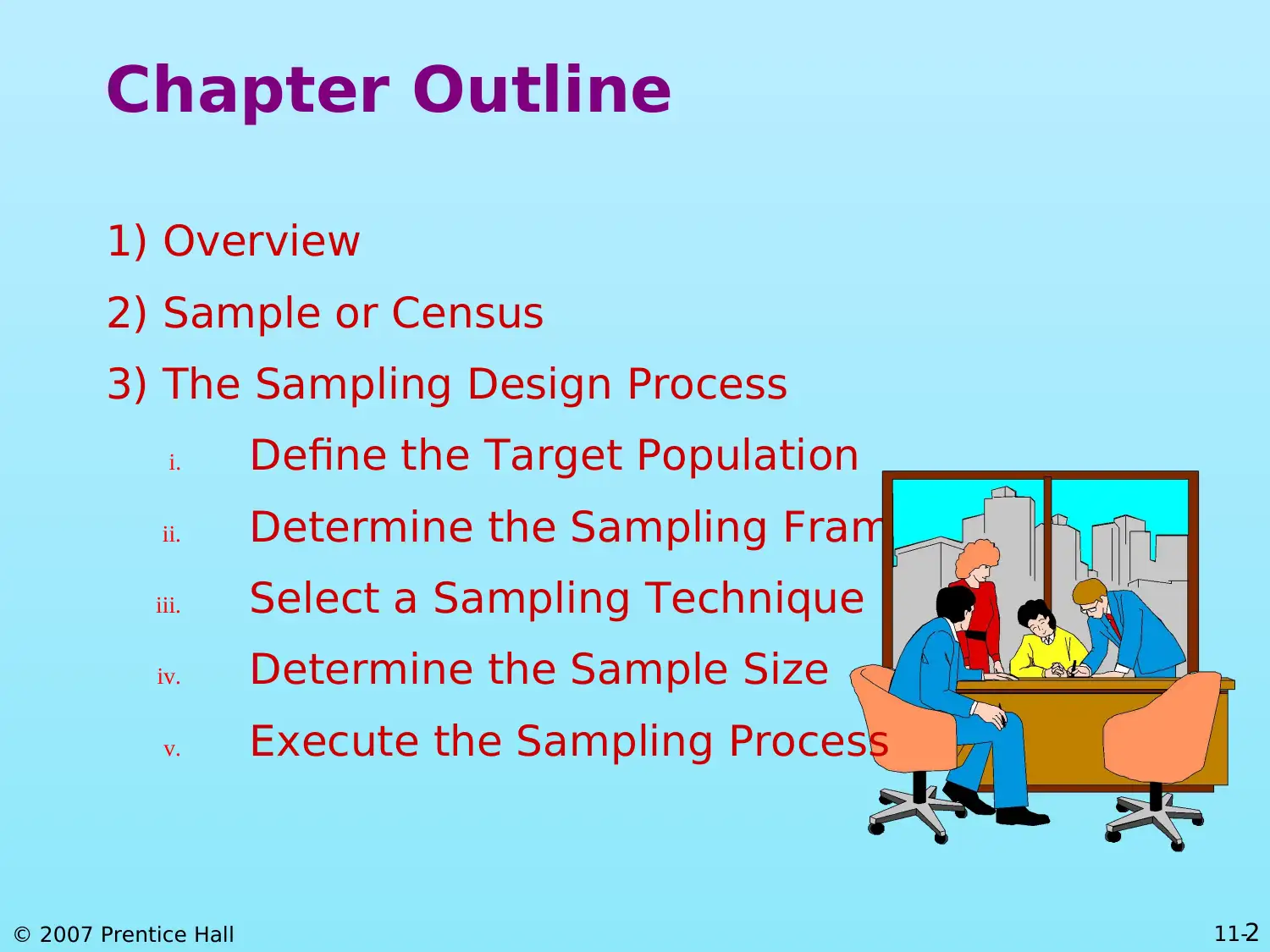
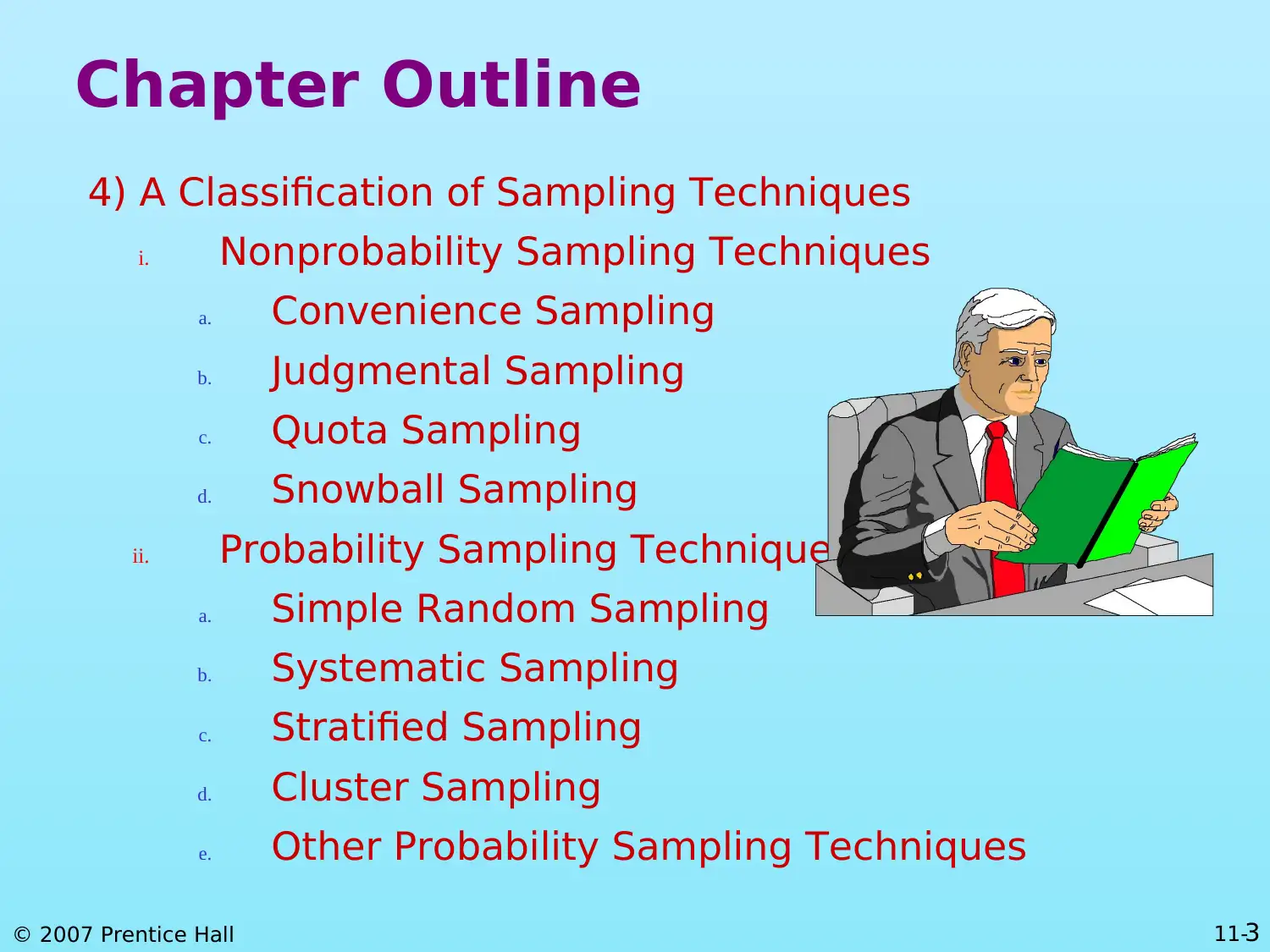

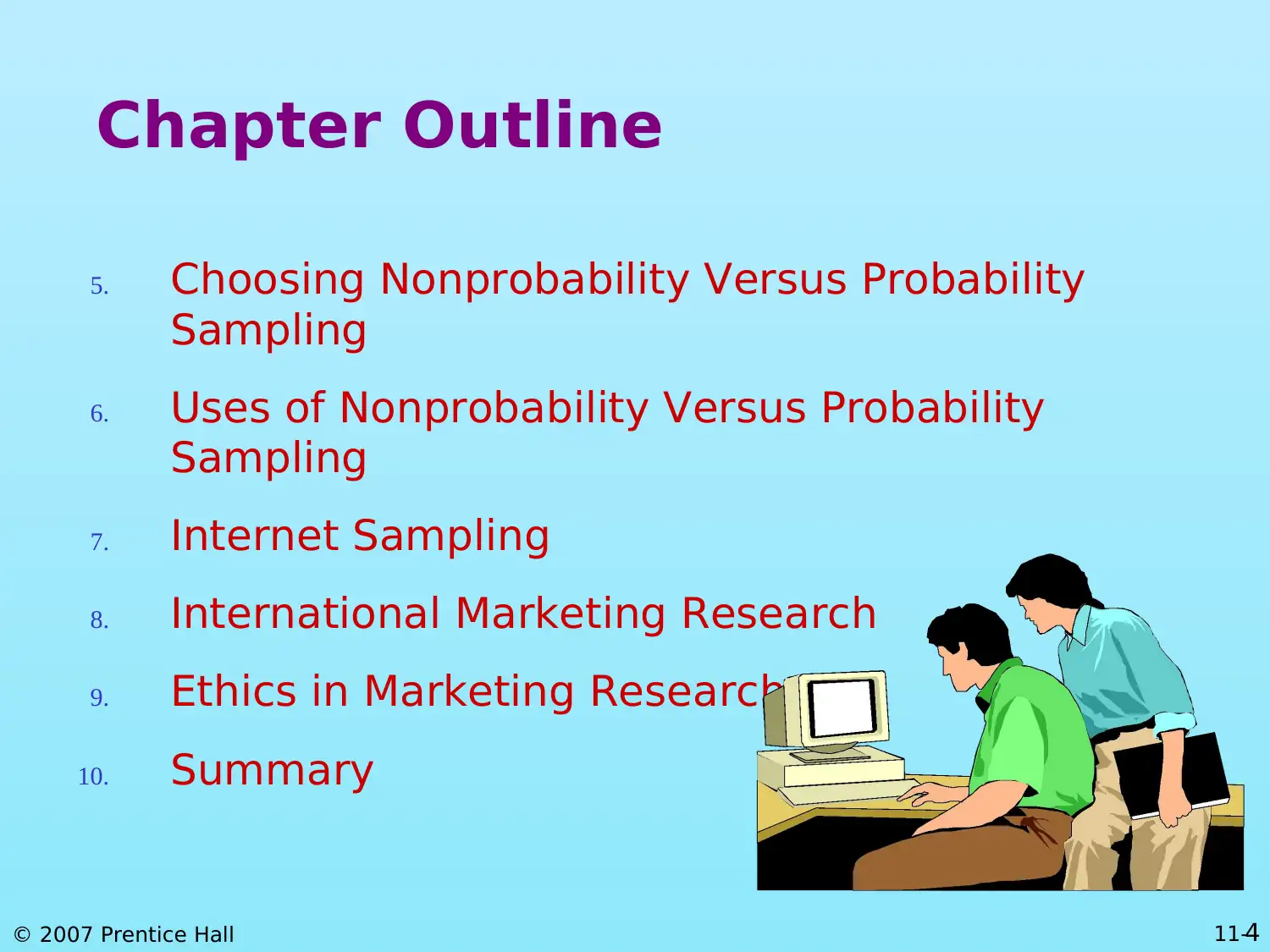
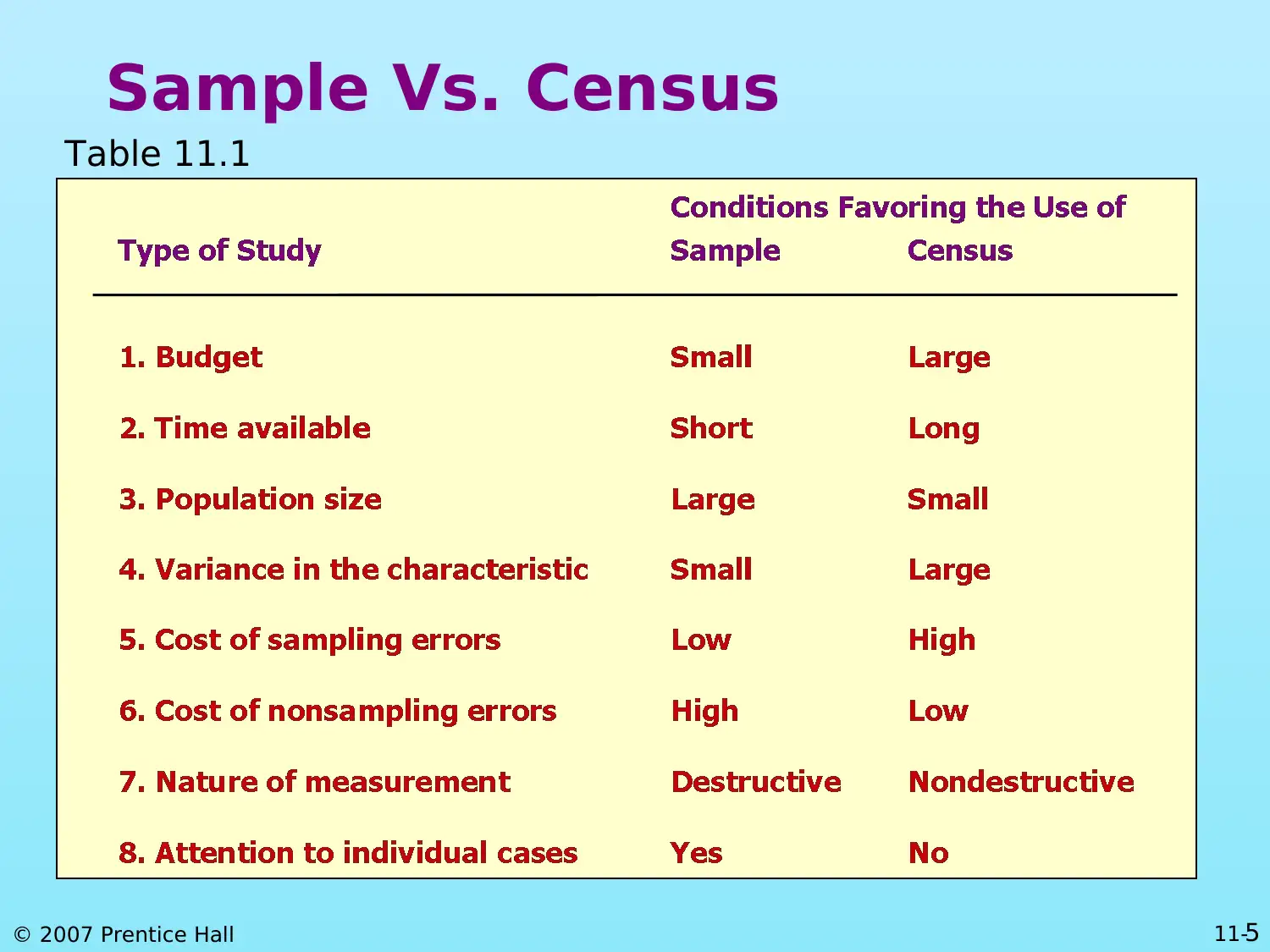
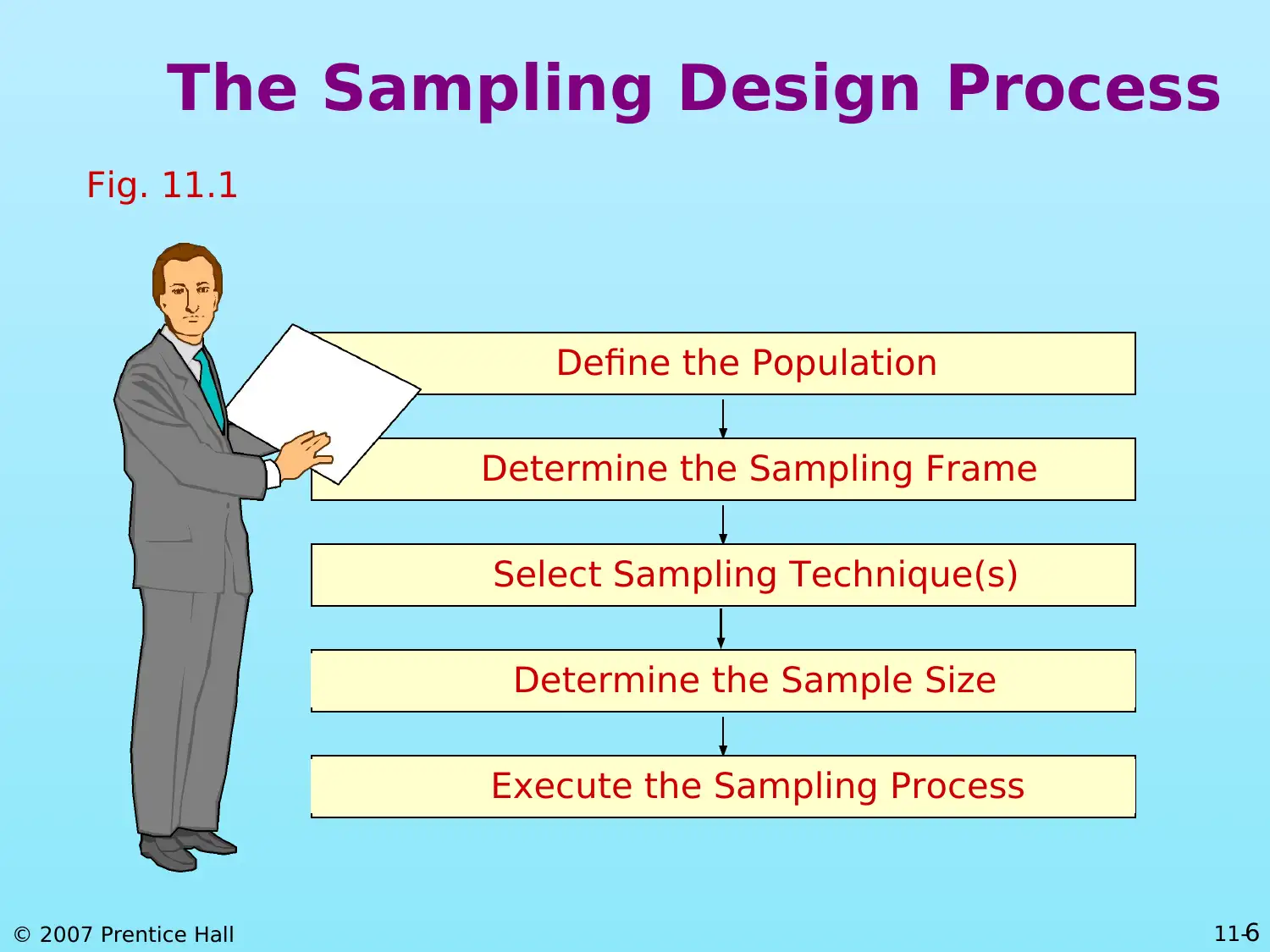
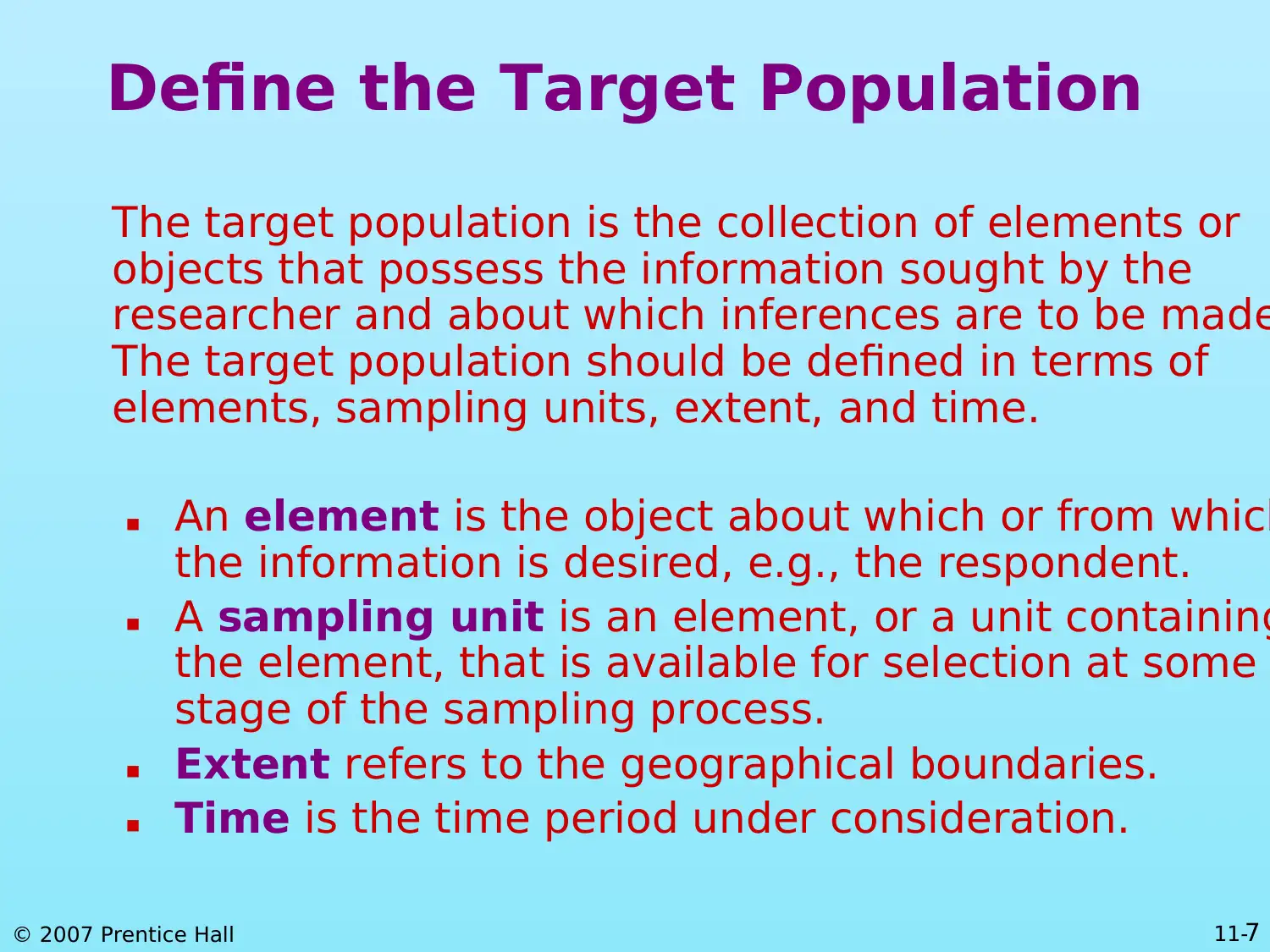
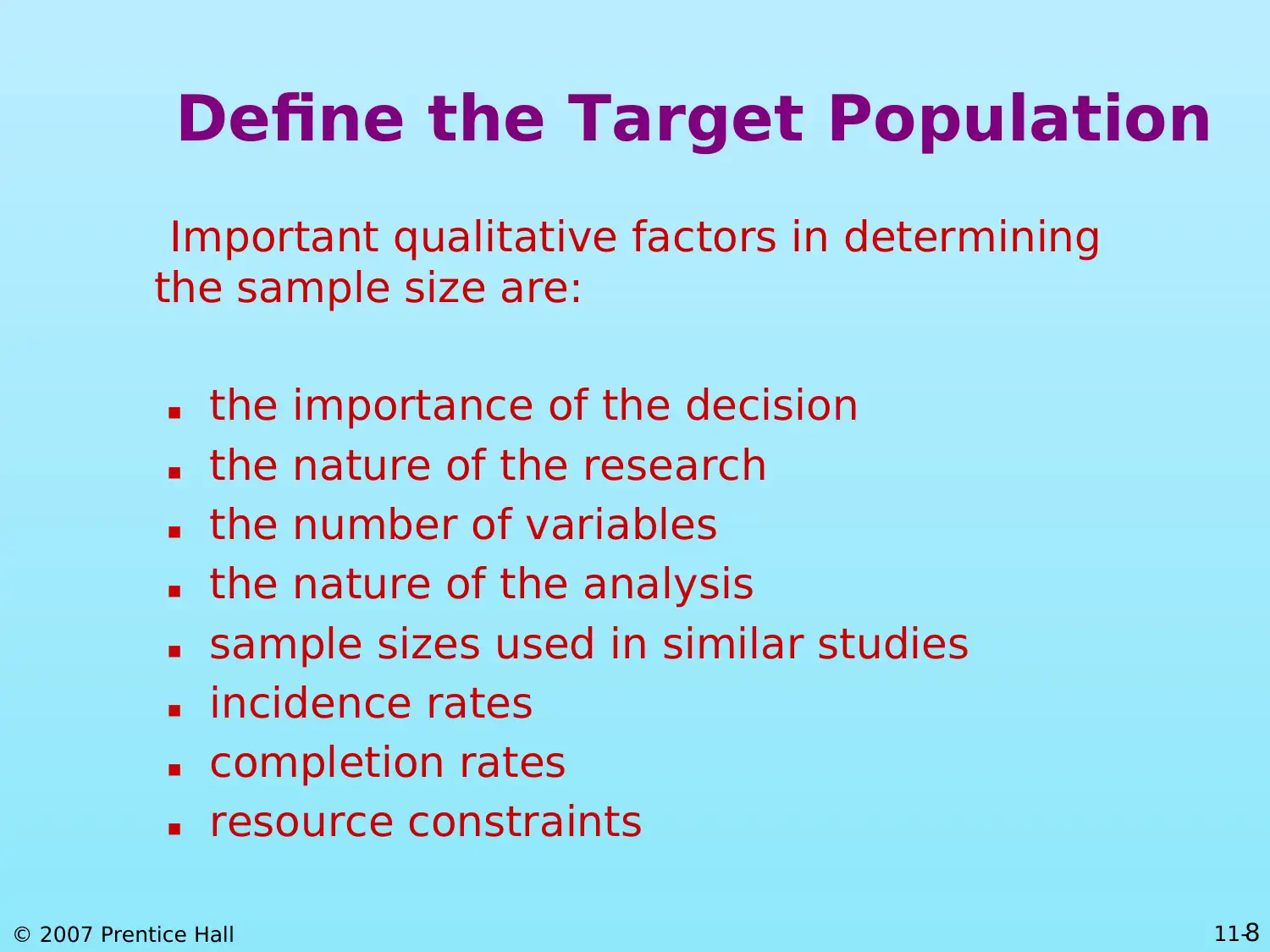
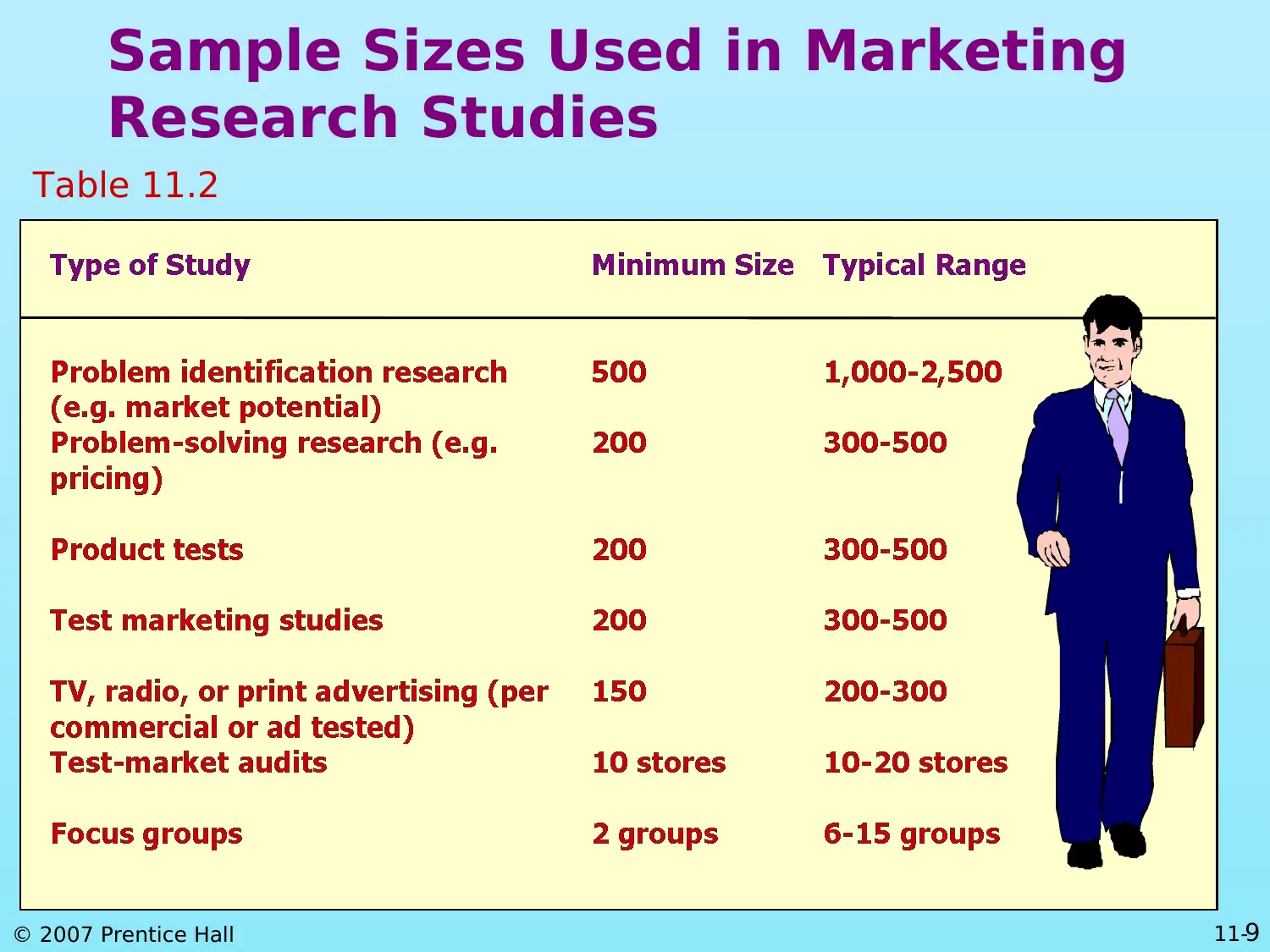
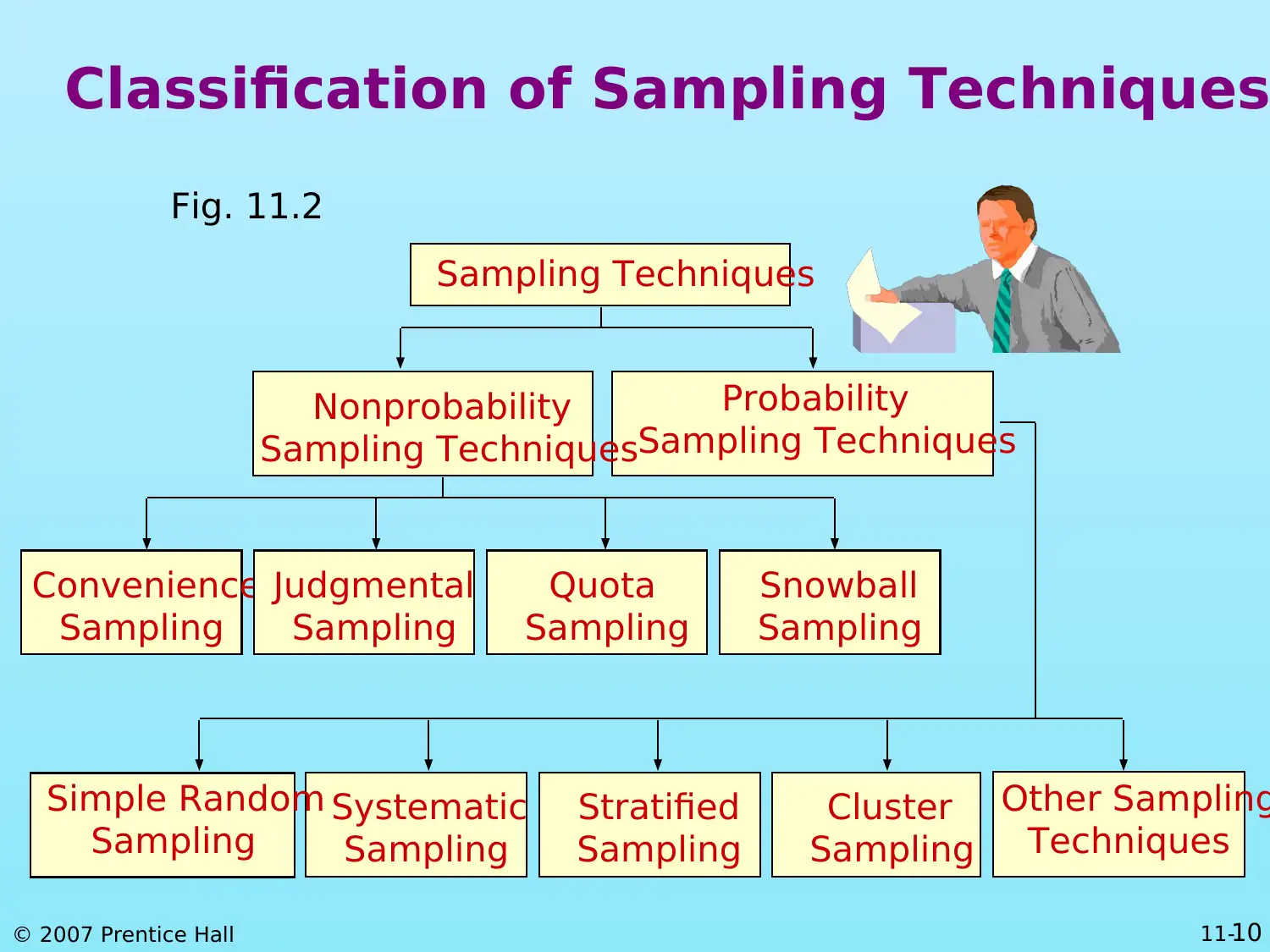
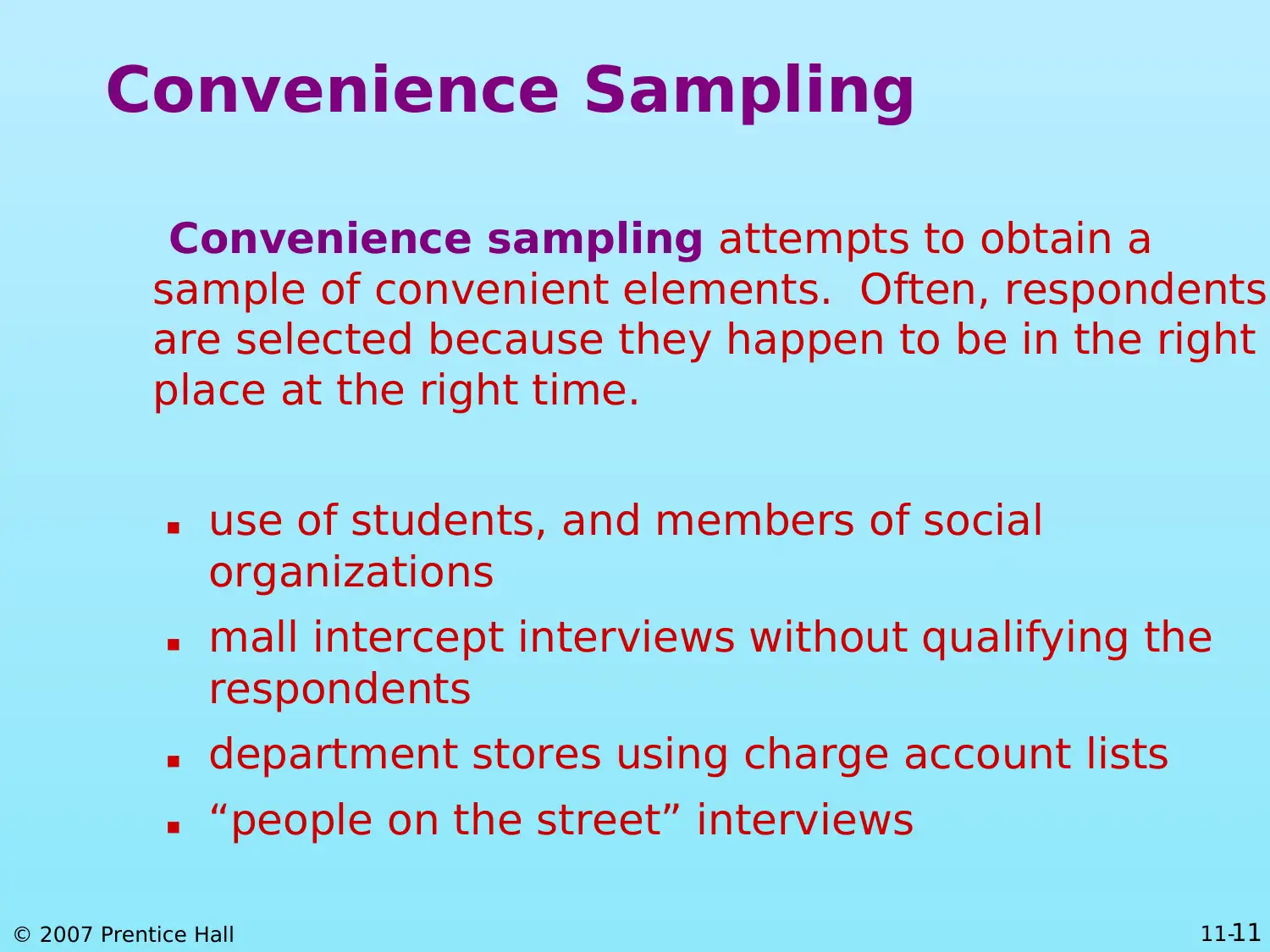
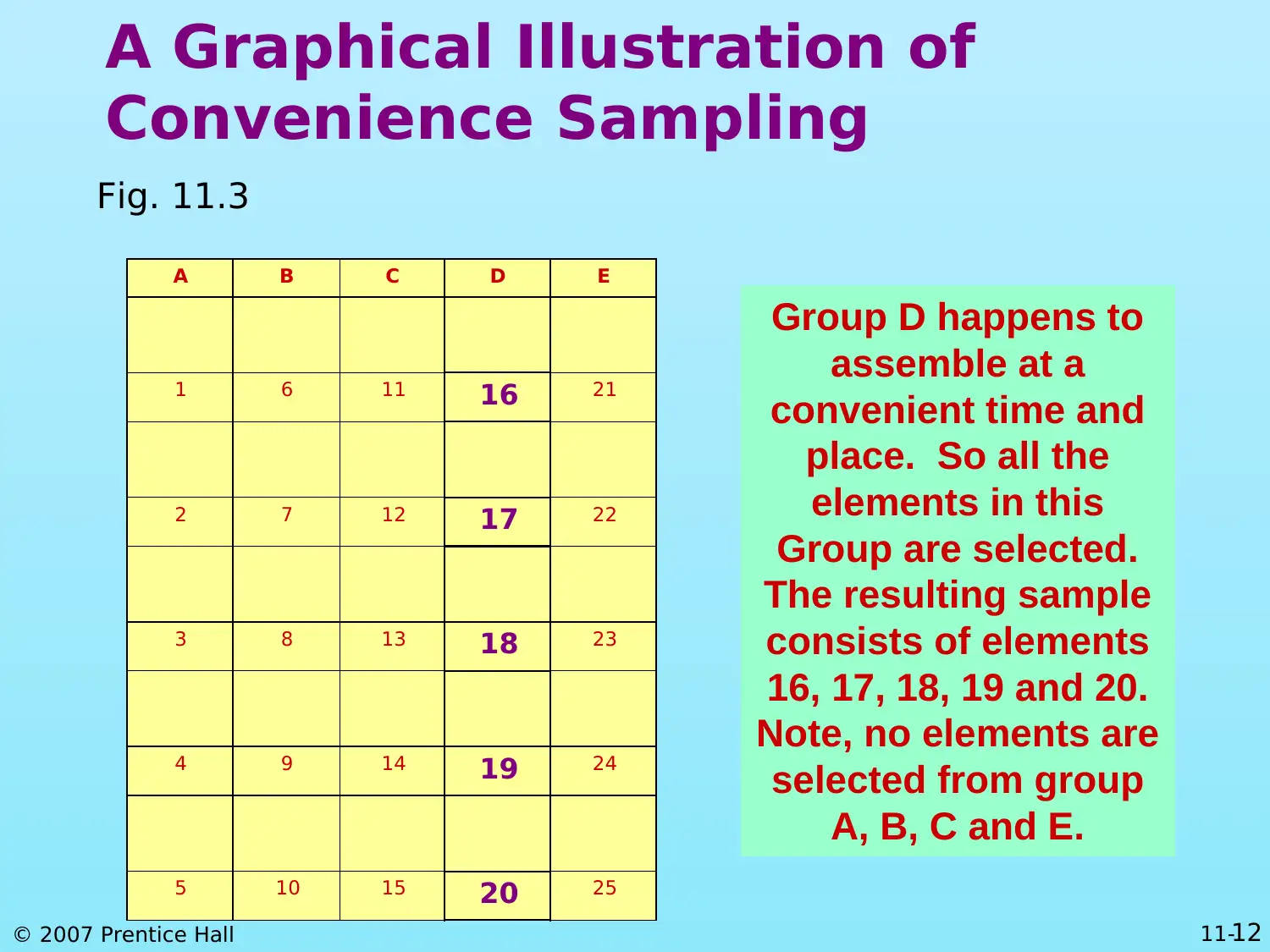


![[object Object]](/_next/static/media/star-bottom.7253800d.svg)